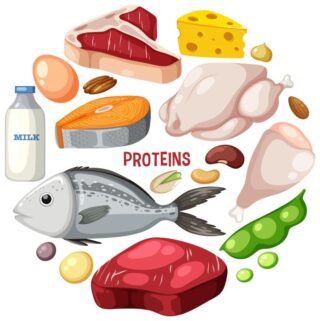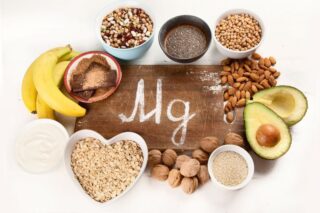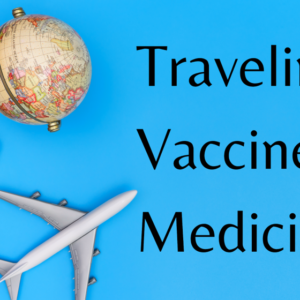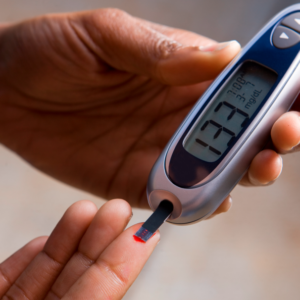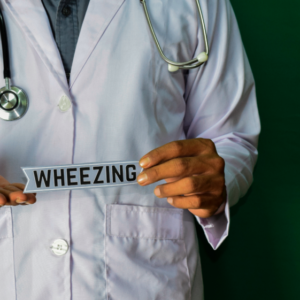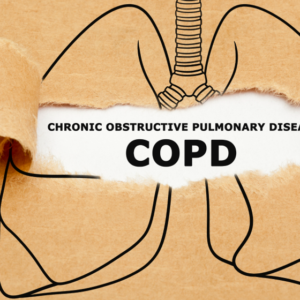High Blood Pressure Symptoms In Women Vs Men
High blood pressure, commonly known as hypertension, is a medical condition that involves abnormal behavior of blood in the body. In this condition, the blood in the body exerts a long-term force against the artery walls which is high enough to cause several health problems. Heart disease is one of the most common outcomes of high blood pressure.

Hypertension is mainly determined by the resistance the blood flow faces in one’s arteries and the total amount of blood pumped by the body. It increases as the blood pumped by the heart and the narrowness of the arteries increases.
Blood pressure is measured in millimeters of Hg and has a total of two numbers. These two numbers combined constitute one reading and they are as follows:
- Systolic Pressure (top number)
- Diastolic Pressure (bottom number)
Under normal circumstances, this value is 120/80 mmHg. However, a value of 140/90 mmHg or above indicates high blood pressure.
Symptoms
As every other medical condition, high blood pressure also has certain symptoms. However, most patients show absolutely no signs or symptoms. Even when the readings show dangerously high levels of hypertension, these patients have no symptoms.
Patients who do have symptoms are also vast in quantity. According to physicians, these symptoms generally include:
- Shortness of breath
- Headaches
- Nosebleeds
The above-mentioned symptoms are not very specific. They usually occur only when the high blood pressure gets severe and reaches a life-threatening stage.
Symptoms in Women
High blood pressure is one of those medical conditions which differs in men and women in some ways. These differences are generally seen in the signs and symptoms of the condition. Many online doctors and healthcare providers have illustrated these differences.

According to studies, women usually have a higher risk of developing hypertension. This is due to the biology of female bodies and internal systems. They develop a higher risk due to the onset of menopause. That’s why women in their later ages are more at risk of developing high blood pressure.
Childbearing Years
Blood pressure is elevated in women who consume birth control pills. Although, this phenomenon depends upon certain factors and usually occurs in the following women:
- Women who have experienced high blood pressure before
- Overweight women
- Family history of high blood pressure
Blood pressure might rise during pregnancy so regular checkups are recommended during this time.
Preeclampsia
This condition affects an estimate of 5-8% pregnant women. It is considered a very serious condition and contributes to a lot of maternal deaths globally. Typically it disappears after the first two months of the childbirth.
The symptoms include:
- High blood pressure
- Headaches
- Liver problems
- Kidney problems
- Sudden weight gain
- Swelling
Symptoms in Men
There’s an infamous myth regarding hypertension worldwide. It is often considered a health problem restricted to men. There is no truth to this as high blood pressure equally affects both men and women.
Men below the age of 45 are generally at more risk to develop hypertension. The symptoms often seen in men include:
- Nosebleed
- Fatigue
- Confusion
- Severe chest pains
- Severe headaches
- Having difficulty while breathing
- Pounding in the neck, ears, and chest
Takeaway
All in all, hypertension is a widespread health problem affecting a huge chunk of the global population. It usually results in irregular heartbeat, blurred vision, and blood in the urine. Avoiding stress and sticking to a healthy diet serve as a primary care measure and can help prevent this condition.



